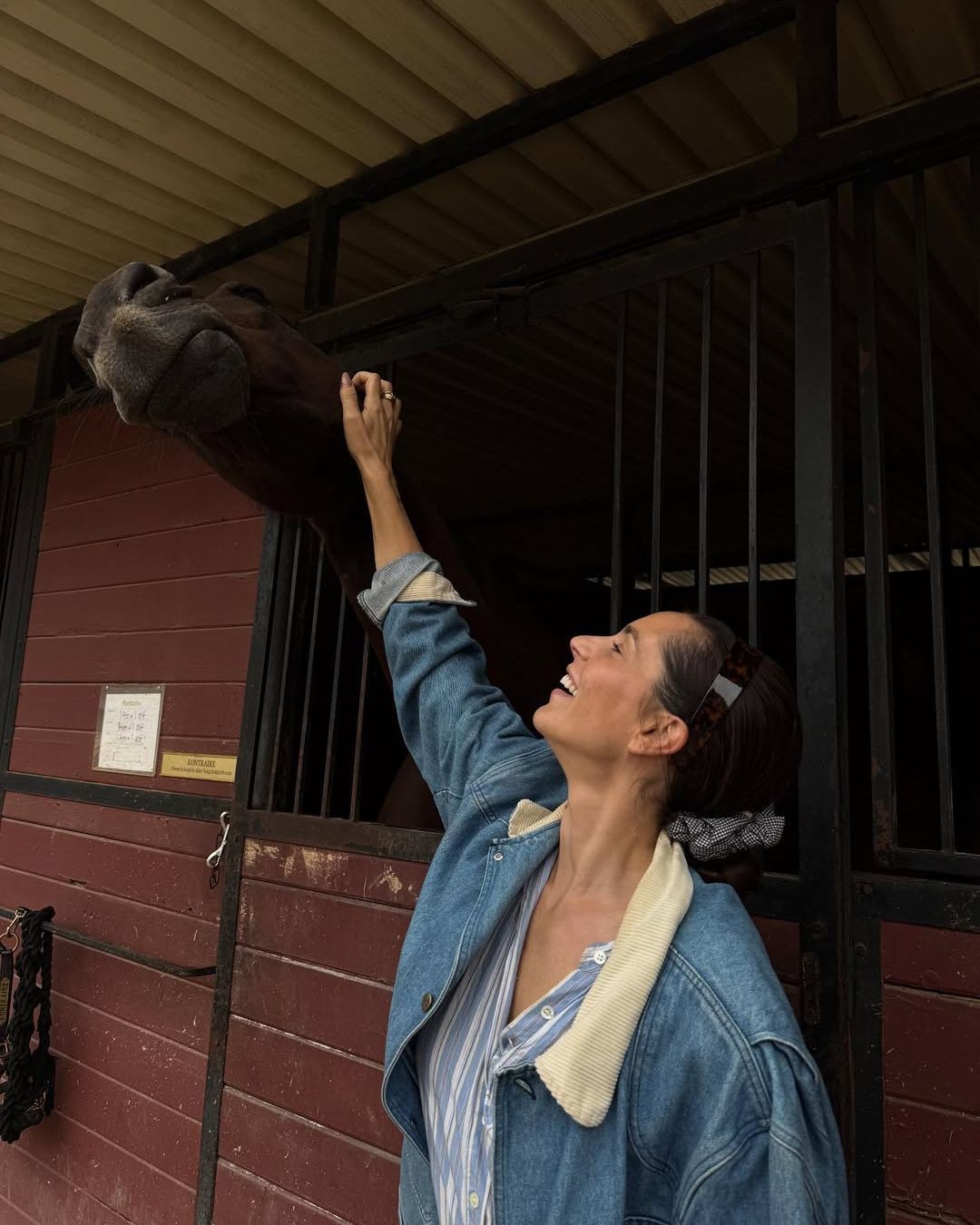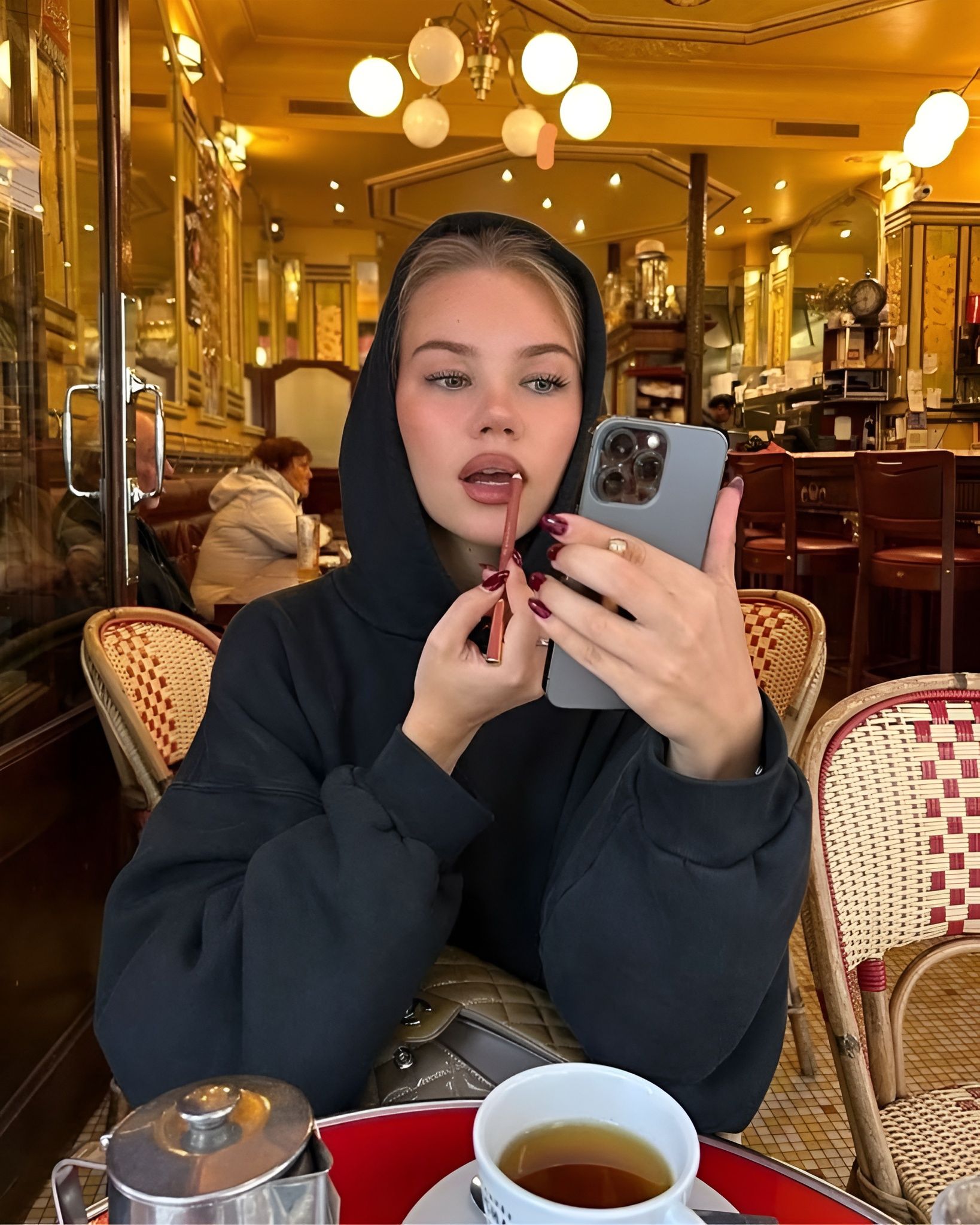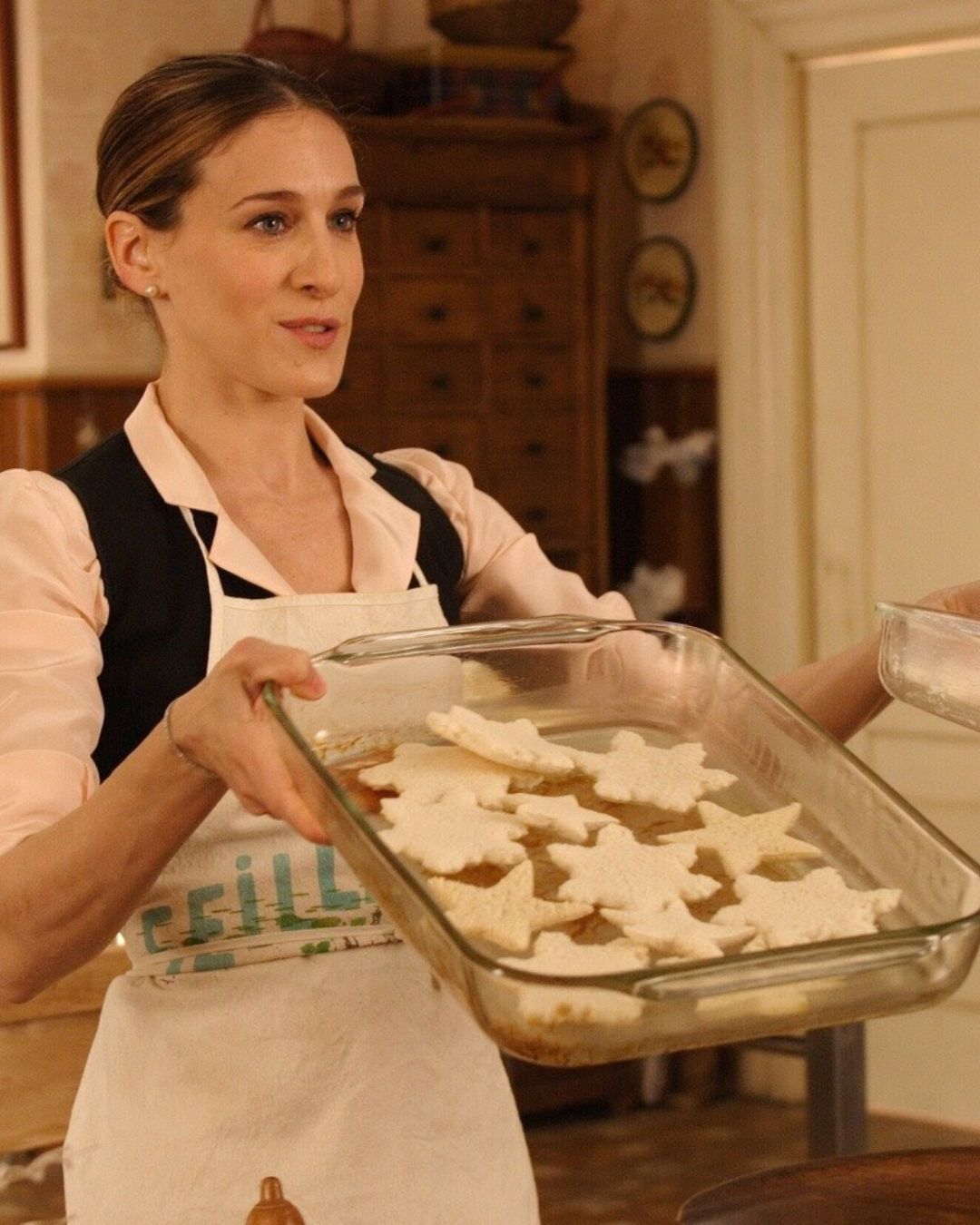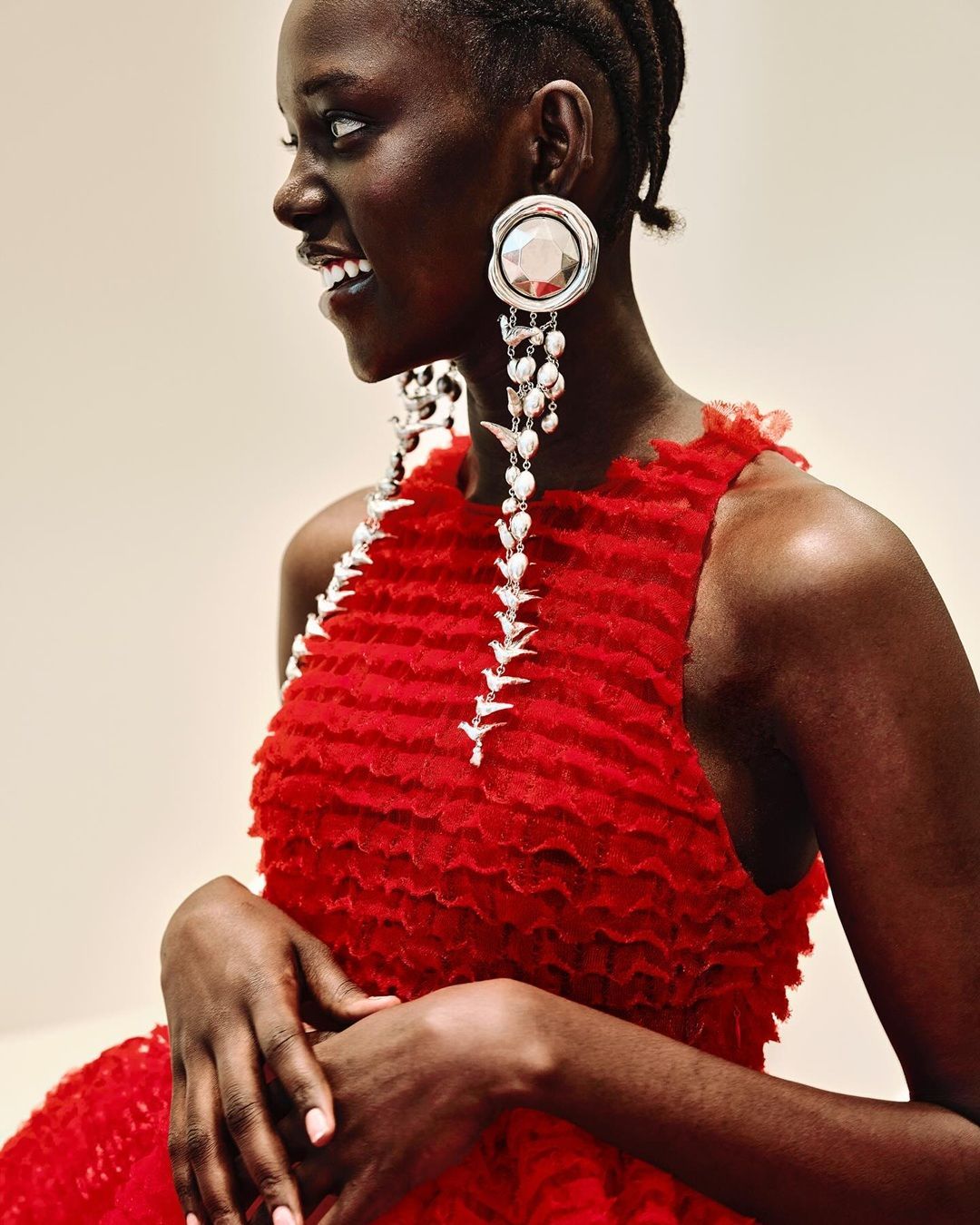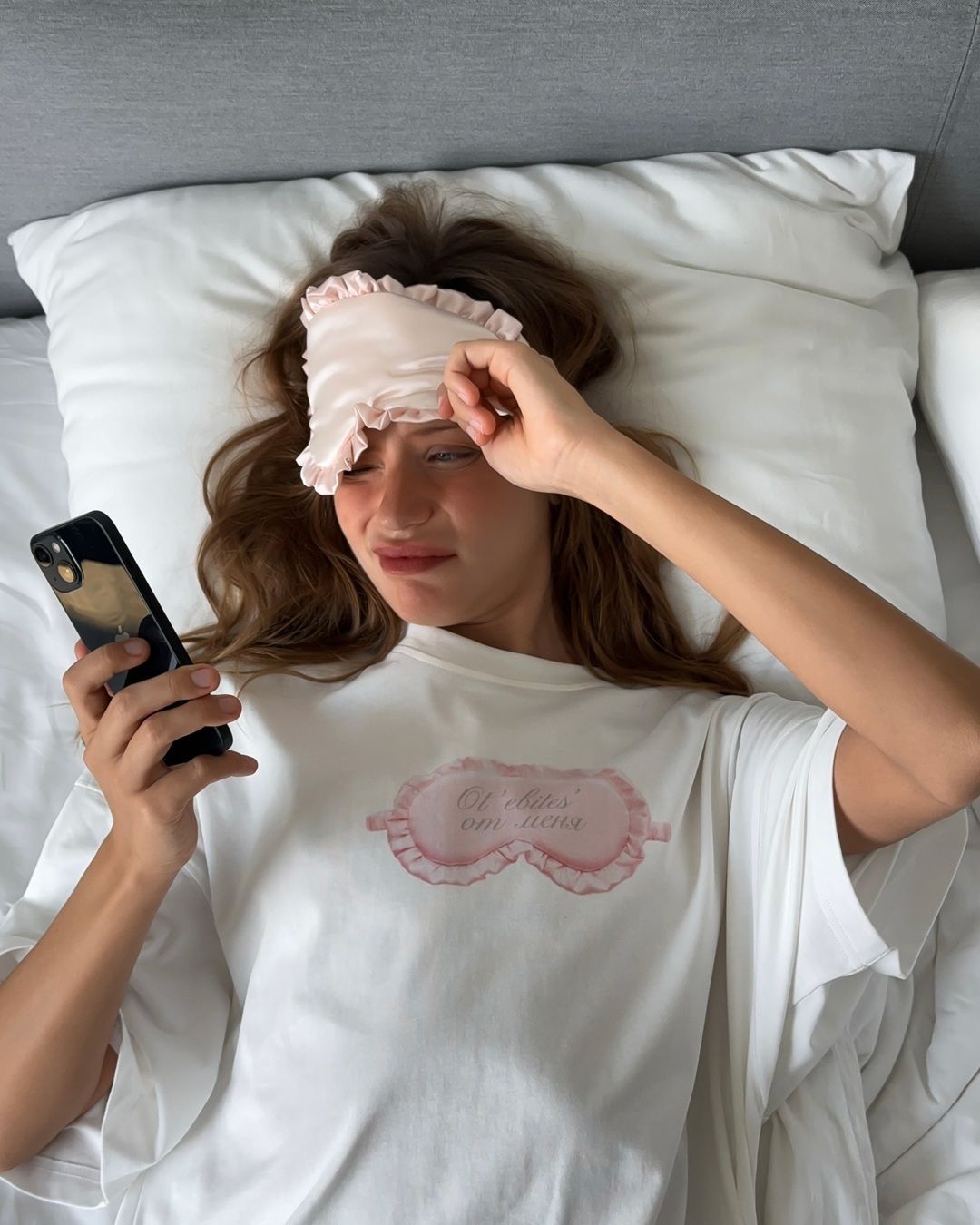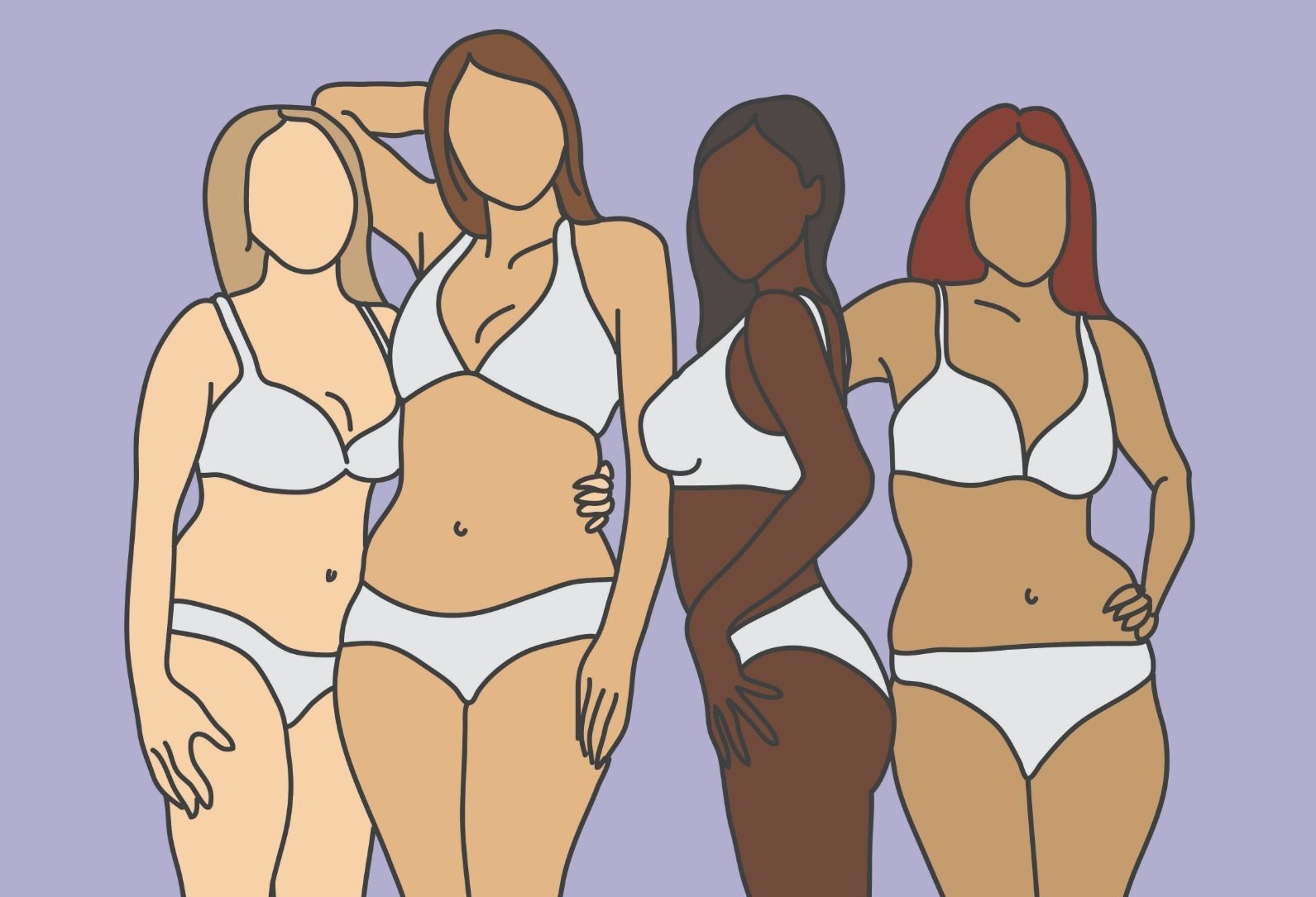
Is menstruation still a taboo topic? How the communication on this theme has changed over the years
Some taboos hide in the dark until they're finally eradicated.
This is what happened with the latest Nuvenia (Bodyform) tv advertisement, which for the first time ever showed on the national Italian television...red blood (it is worth underlying it). No more blue liquid - side note: women are not aliens from a galaxy far far away - no petals, jumps and acrobatics like we were all gymnasts or marathons, wearing white pants of course: menstruation has finally been represented with a very normal and simple narrative, without sensationalism and the “superwoman” attitude, as if we have to face thousand of challenges in those days, that for many of us are indeed very painful and uncomfortable. It shouldn’t surprise us knowing that the commercial had already gained great success abroad, especially in the UK, so much as to win the most coveted prize in the advertising industry in 2018. In Italy, the spot has been first broadcasted almost two years later and only after a very extensive market and social media conversations analysis. After the airing, social networks buzz unleashed and there were many women who addressed it as of "bad taste", "an advertisement that violates women’s privacy", "humiliating" up to assertive statements and plans to boycott the brand, hoping not to see the spot on tv during lunchtime.
Truth is: pads commercials are somehow relatively new as, in certain ways, pad themselves. Papyrus, wool, fabric, skins, even moss. Women have been able to arrange their most intimate needs since the dawn of time. Then they used remnants and leftovers of fabric, held steady with safety pins and belts. The first models of sanitary napkins as we know them today, only appeared at the end of the 19th century in the United States and Germany but, unlike what you might think, there were no crowds of excited women waiting to welcome them. No one wanted to buy the brand new items, because it was too embarrassing to do so.
During World War I, some nurses began to manufacture them with medical gauzes leftovers, made of very absorbent material, called Cellucotton. The manufacturing company tried to reinvent its business and spread this discovery, but even in this case, sales weren’t taking off.
Finally, in 1921, the turning point: not only thanks to a new material that combined fabric and cotton, called Kotex, but also due to the introduction of a new purchasing methodology. The shopkeepers displayed the pads on their counters with a box next to them to collect the money. Women didn’t have to say words considered too "embarrassing", especially in front of clerks that were - almost always - men. Consumerism & taboos immediately shook hands. Then it came the economic boom of the '60s and the female population really began to embrace the disposable mentality, also because more and more women finally fully joined the workforce and were able to afford them. With Dr Earle Haas's invention, the Tampax, the revolution was completed.
Perhaps not everyone knows that those were the years in which another product also born, one that we’ve been talking about a lot lately, but that remains shrouded in mystery. The menstrual cup, created by Lenoa Chalmers, a woman. But this alternative was totally ignored over the years: what could be better than disposable pads? Why women had to give up to comfort so laboriously achieved? Today the trend seems to be reversed thanks in particular to a renewed interest in environmental issues. The menstrual cup even got a mention on a national tv network, during a live debate. Many new ecological products have also been created, such as washable pads or period-proof underwear, up till the futuristic menstrual discs that even allow you to have sex during period.
Being a big chunk of a woman's life - almost 2400 days, or six and a half years - periods necessarily have a strong impact on society and the world we live in. What many consider an individual burden, a private moment to live in complete autonomy actually has a strong impact on society and the world in which we live. It's a pity that is a private company the first player to do something concrete and visible, literally, to everyone, instead of politics and institutions - which on the other hand, still see the period as something "disgusting". Or, worse, a woman period is something to make fun of or to diminish with the boring rhetoric of the weak and neurotic woman. All of these are big fat signs of an undoubted chauvinism in the public scenes and institutions. A common perception is that this subject is mostly ignored, if not exploited for the political campaign of the day.ù
It’s true, we have finally started to talk about tampon tax, menstrual sick leave, feminist groups around the world, such as the free bleeding one. But it’s too little and too late. We have never even bothered to translate into Italian the expression 'period poverty', i.e. the impossibility for many women all over the world to have access to healthcare products, education and the infrastructures that girls and women require for handling properly their period. This applies to homeless and prisoners alike in Western countries, but also and above all, to the majority of women in developing countries. In Nepal, for example, they are banned by their community during those bloody days, risking death, while in Africa many girls do not go to school because they don’t have pads and tampons to correctly address their periods.
Bodyform’s disruptive communication is a way to reawaken people’s conscience and a sign of hope (despite all the fuss72% of people appreciated the tv campaign). The truth is that the narrative around a woman period is quite complex and can be addressed from many points of view. Luckily, not all of them are negative: the documentary Period. End of sentence won an Academy Award this year as Best Documentary Short Film. It’s the story of the peaceful sexual revolution of a group of women in the Indian countryside. The much-discussed sanitary pads become the means to achieve economic independence, using a machine to produce low-cost biodegradable pads, then sold to other women.



















